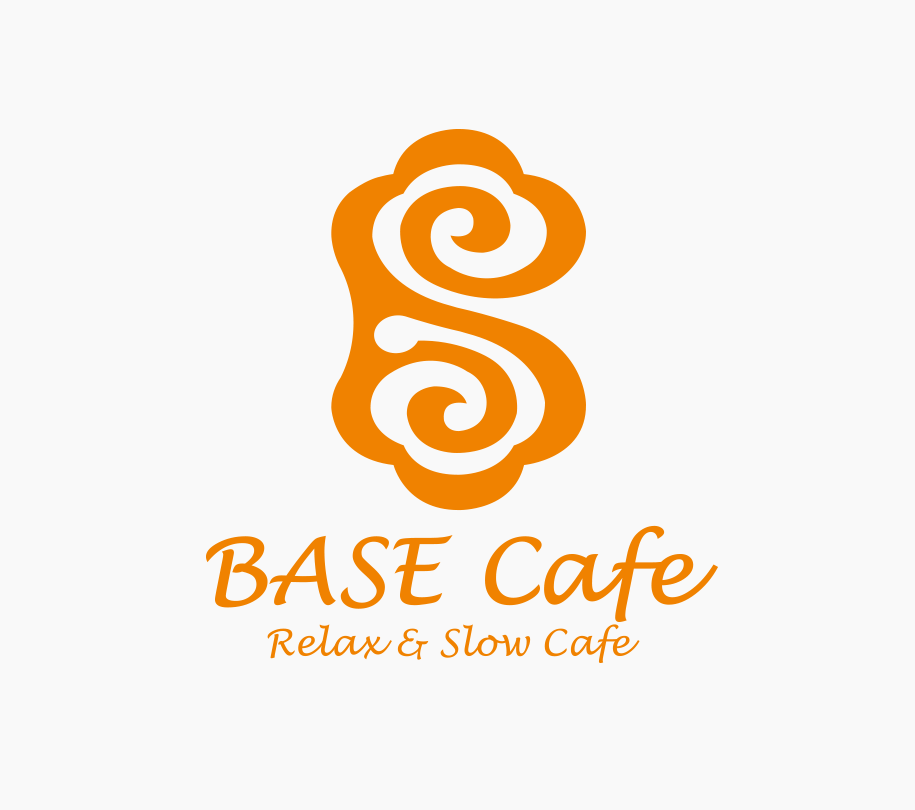
2021.12.25What Is The Difference browse around these guys Between In Review And Under Review?
Incomplete reporting is an unavoidable challenge in summarizing the risk of bias of individual studies. To categorize the study, the reviewer must simultaneously consider the known strengths, the known weaknesses, and the unknown attributes. In some cases, however, the unknown attributes are relatively minor; in these cases, EPC reviewers might still deem them of low risk of bias. Nonetheless, we recognize the competing demands for flexibility across reviews to account for specific clinical contexts and consistency within review teams and across EPCs.

- In this course, we attempted to make self-quizzing easier by reopening the weekly quiz questions near exam time (Walck-Shannon et al., 2019).
- Study.com was amazing and helped me quickly get credit for my bachelor’s degree.
- A literature review is an overview of the previously published works on a specific topic.
- The authors here recapitulate important features of Hamilton’s study, but then synthesize it by rephrasing the study’s significance and relating it to their own work.
In contrast to students’ judgments, many effortful tasks are highly effective for learning. A. Bjork defines these effective, effortful tasks as desirable difficulties . In the present study, we investigated the frequency with which students reported carrying out effortful or superficial study habits in a large introductory biology course. Additionally, we examined the relationship between study habits and performance on exams while controlling for prior academic preparation and total study time. Some strengths and limitations of this study have to be taken into account.
Other Students Also Liked
CSR’s primary role is to handle the receipt and review of ~ 75% of the grant applications that NIH receives. I keep my notes in a Google Docs spreadsheet that creates Google Calendar reminders daily with one of the notes. After reading this article now I understand the science behind it and why it helps remembering things.
What Is A Literature Review?
The Cochrane Handbook reported that ‘efforts’ to identify unpublished studies should be made . Four guidance documents acknowledged that searching beyond browse around these guys bibliographic databases was necessary since ‘databases are not the only source of literature’ . Only one document reported any guidance on determining when to use supplementary methods.
Write A Review
Such work highlights the increasing strength of connections in the evidence ecosystem between research production and use. Nowadays, most nurses, pre- and post-qualification, will be required to undertake a literature review at some point, either as part of a course of study, as a key step in the research process, or as part of clinical practice development or policy. For student nurses and novice researchers it is often seen as a difficult undertaking. The purpose of this article is to present a step-by-step guide to facilitate understanding by presenting the critical elements of the literature review process. While reference is made to different types of literature reviews, the focus is on the traditional or narrative review that is undertaken, usually either as an academic assignment or part of the research process.
So it is a kind of literature review, but not one that will help your reader find their way into the specific context for your study. In many qualitative studies, data collection runs concurrently with data analysis. Specific standards of rigor are commonly used to ensure trustworthiness and integrity within the data analysis process, including use of computer software, peer review, audit trail, triangulation, and negative case analysis. If your review follows the chronological method, you could write about the materials according to when they were published. This approach should only be followed if a clear path of research building on previous research can be identified and that these trends follow a clear chronological order of development. For example, a literature review that focuses on continuing research about the emergence of German economic power after the fall of the Soviet Union.
Short literature reviews can be presented in journal articles, book chapters, or coursework assignments to set the background of the research topic. Literature reviews can form part of a research project or proposal, or they can be stand-alone extended documents. A literature review that is part of a course assignment might be of 500 to 1000 words, while a literature review that is presented as a journal article might be in excess of 5000 words.
Information specialists , librarians or trial search co-ordinators are indicated as appropriate researchers in six guidance documents . We were able to identify consensus across the guidance on literature searching for systematic reviews suggesting a shared implicit model within the information retrieval community. Whilst the structure of the guidance varies between documents, the same key stages are reported, even where the core focus of each document is different. We were able to identify specific areas of unique guidance, where a document reported guidance not summarised in other documents, together with areas of consensus across guidance. Assessment of risk of bias is a key step in conducting systematic reviews that informs many other steps and decisions made within the review.
NEWSLIST


